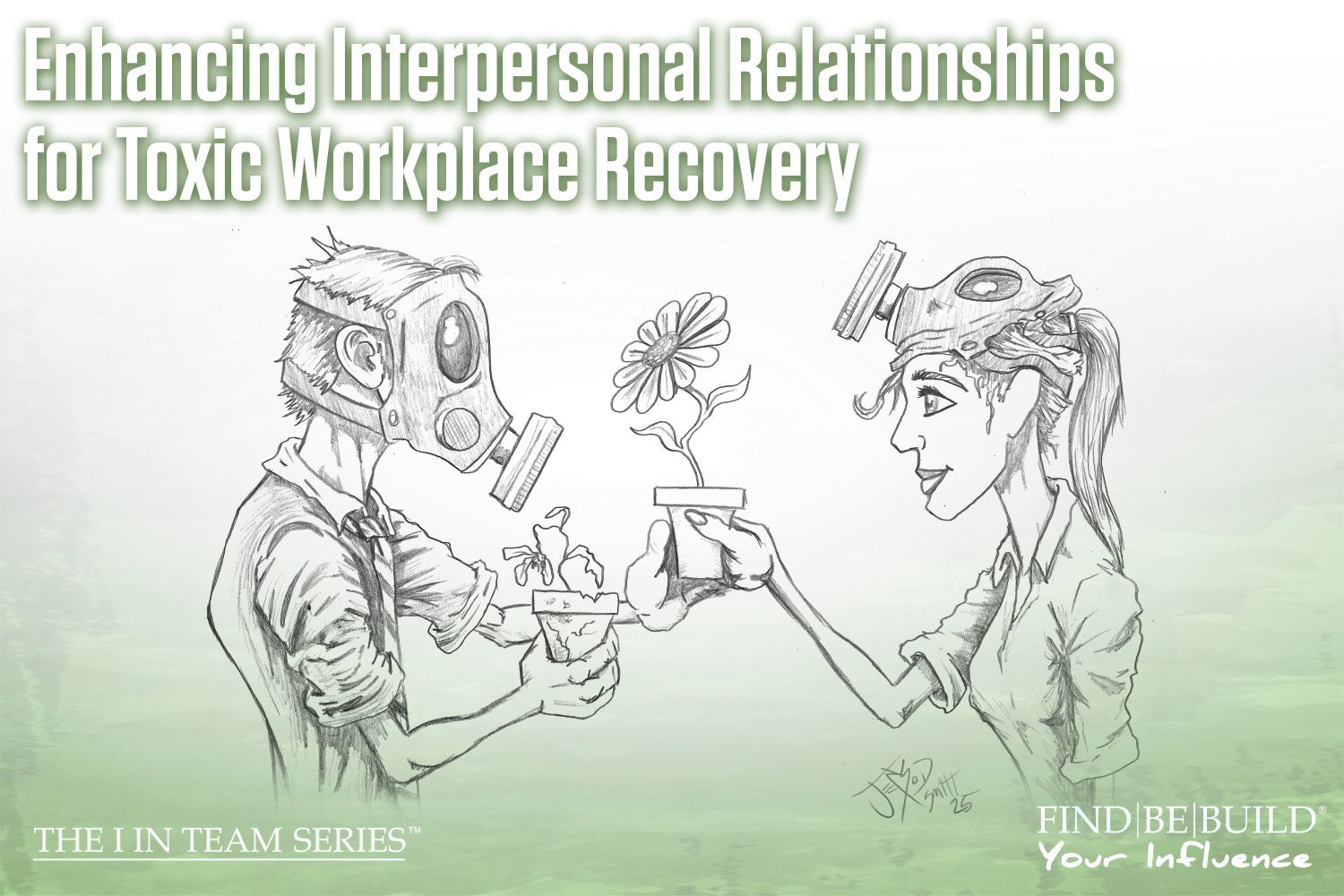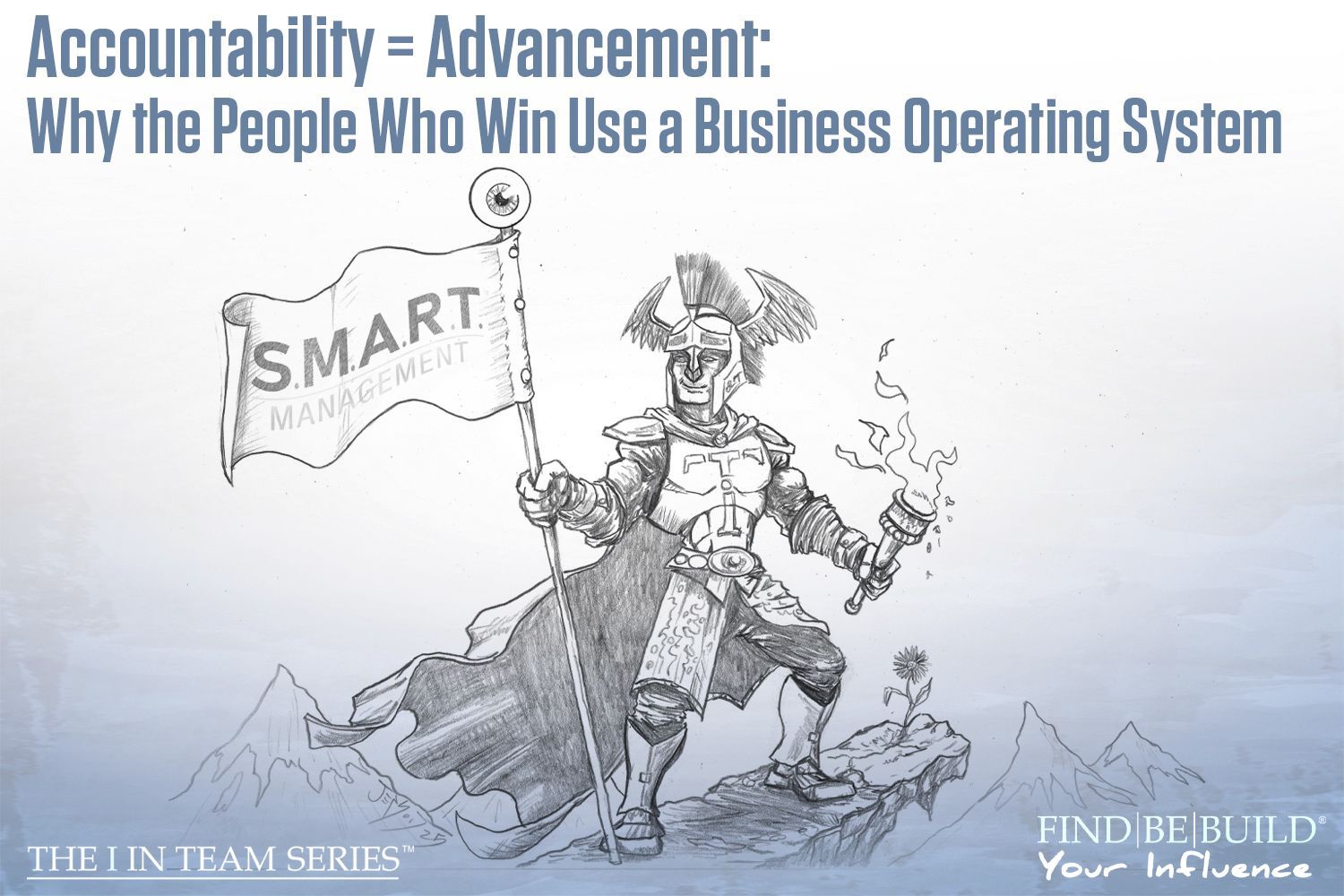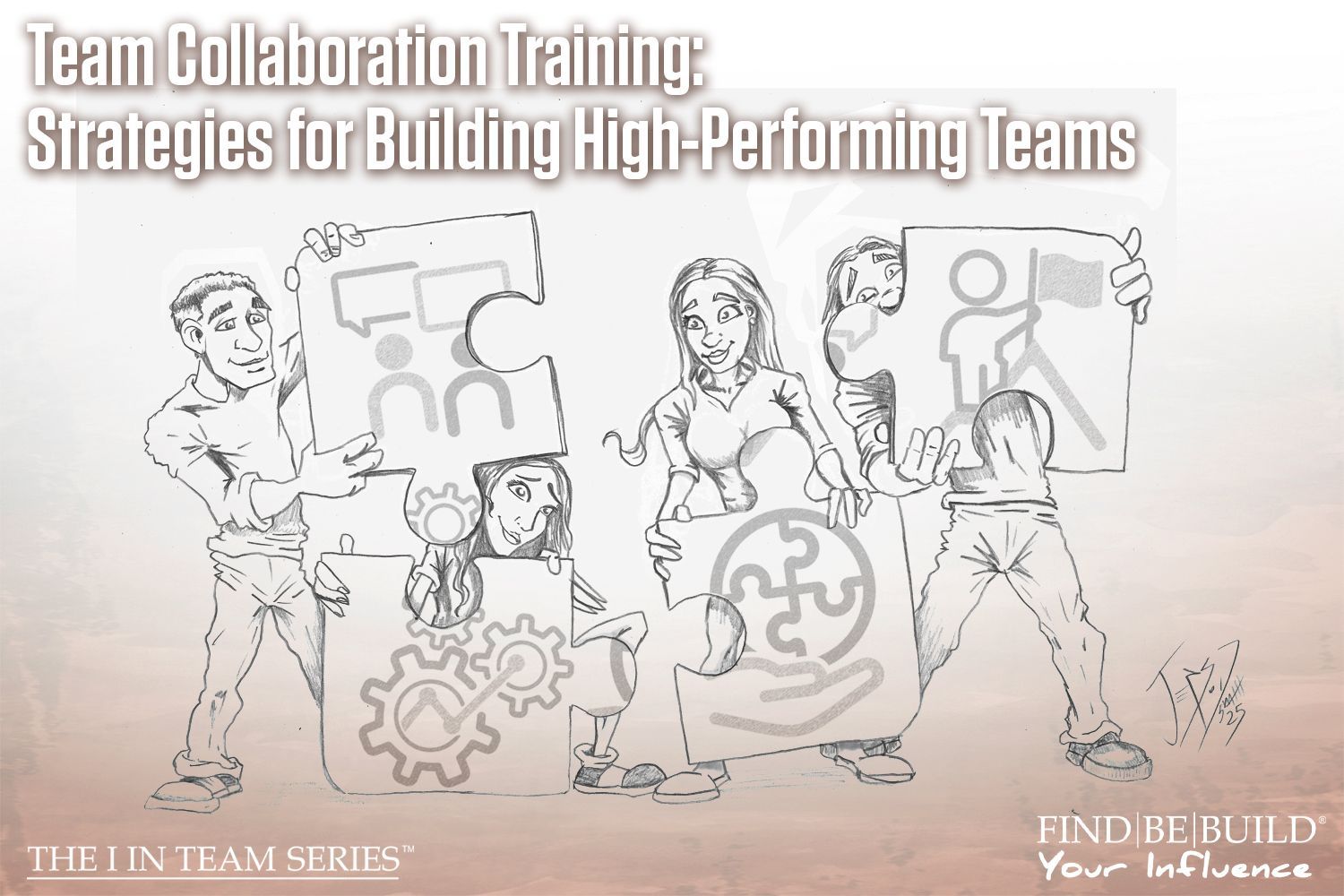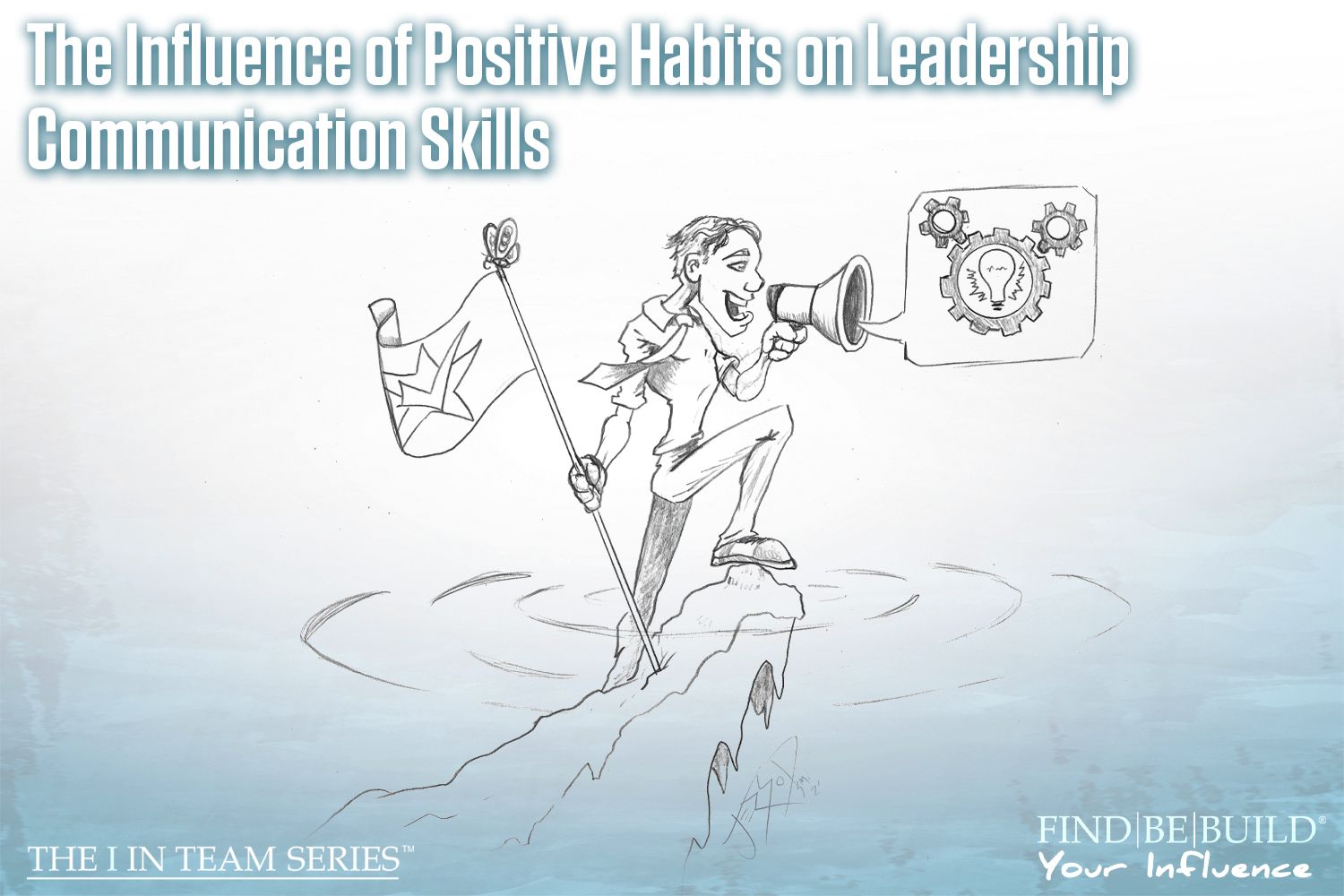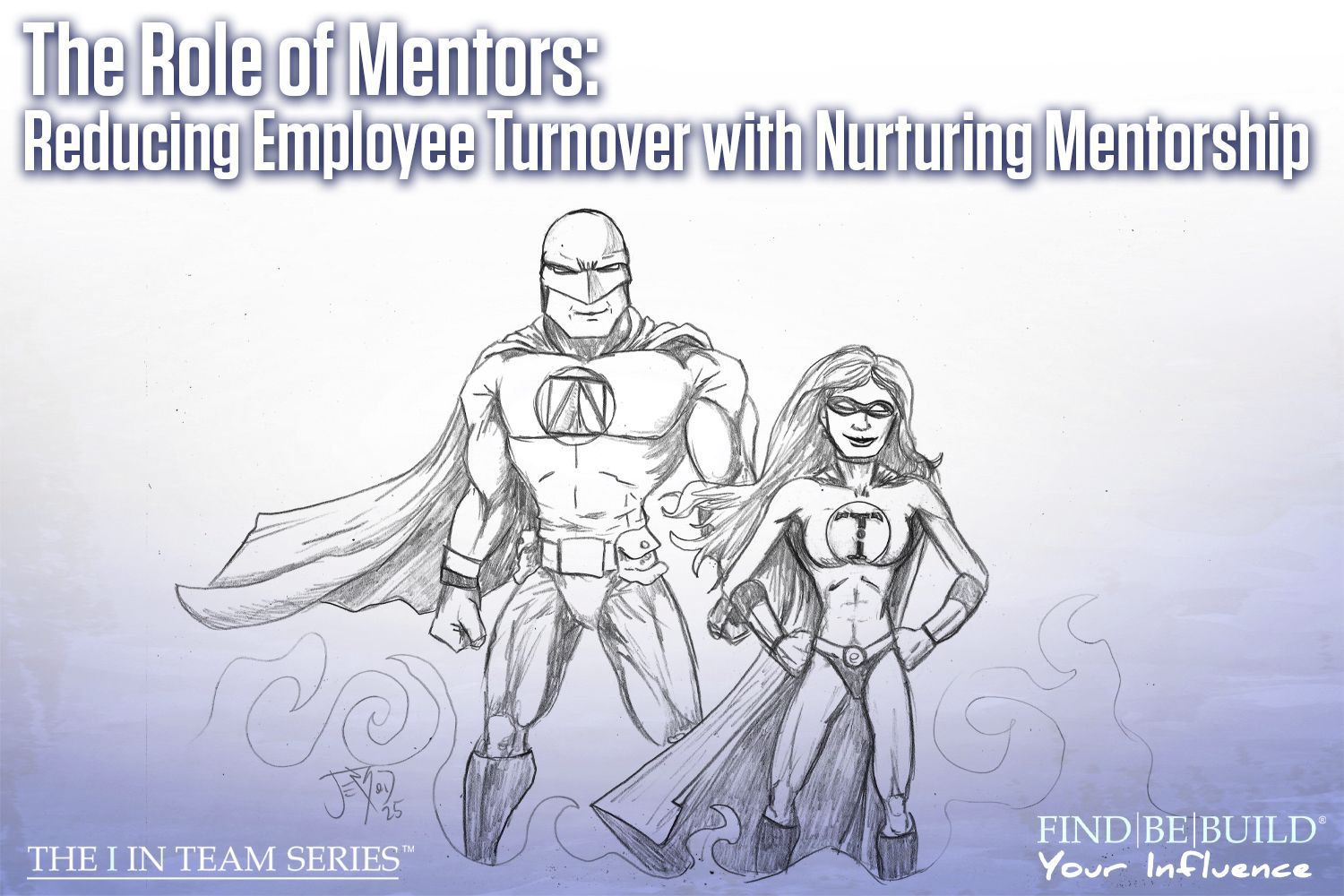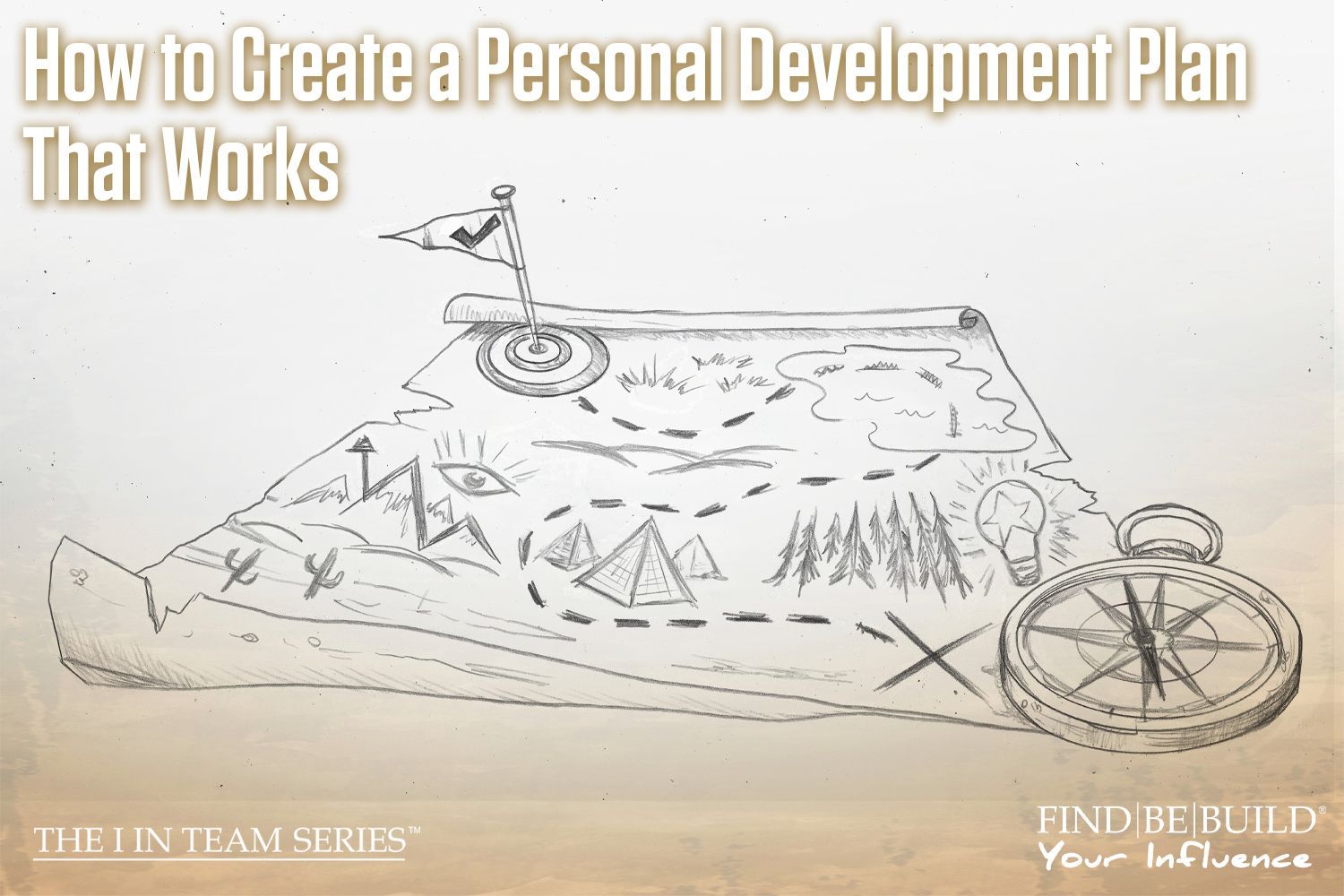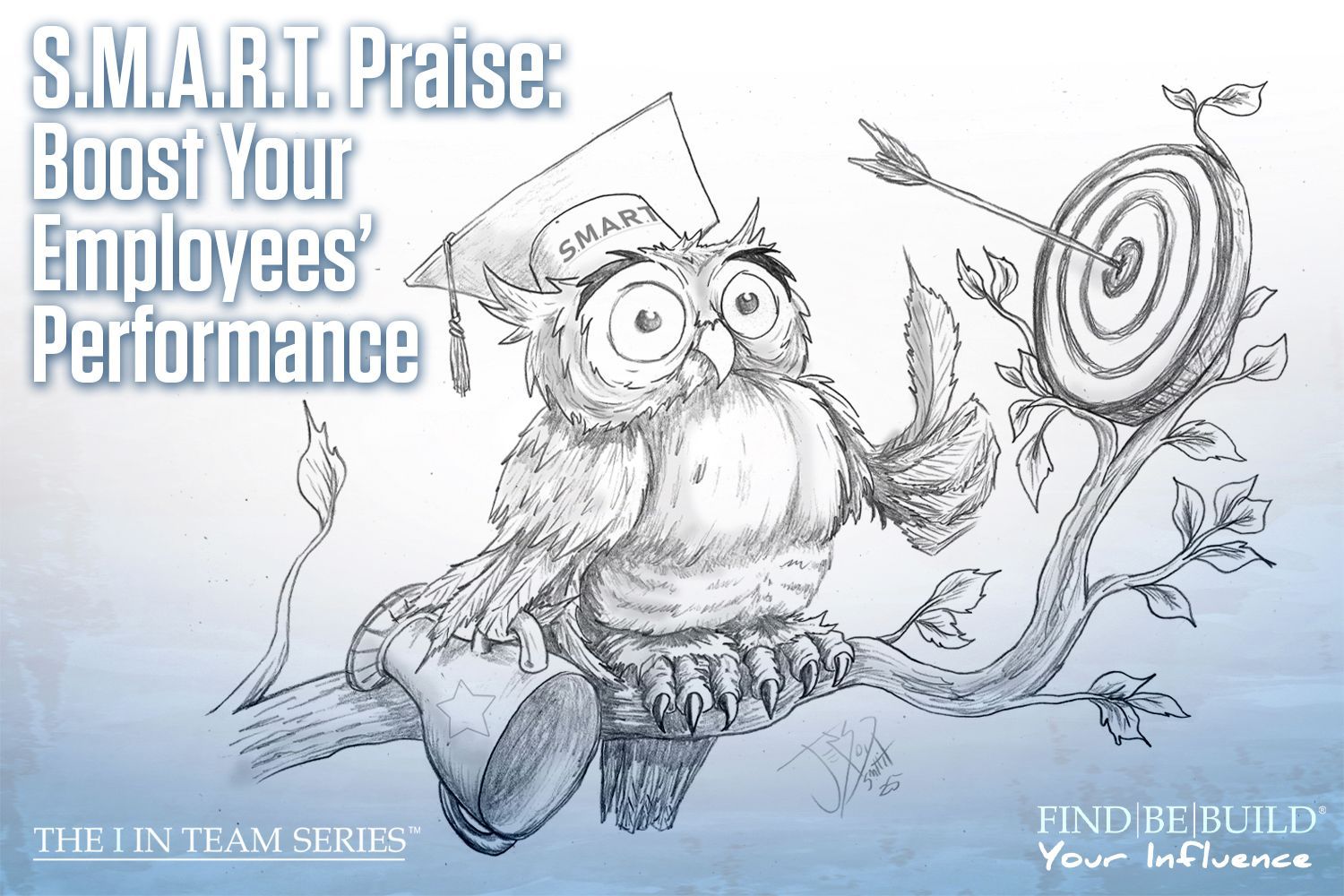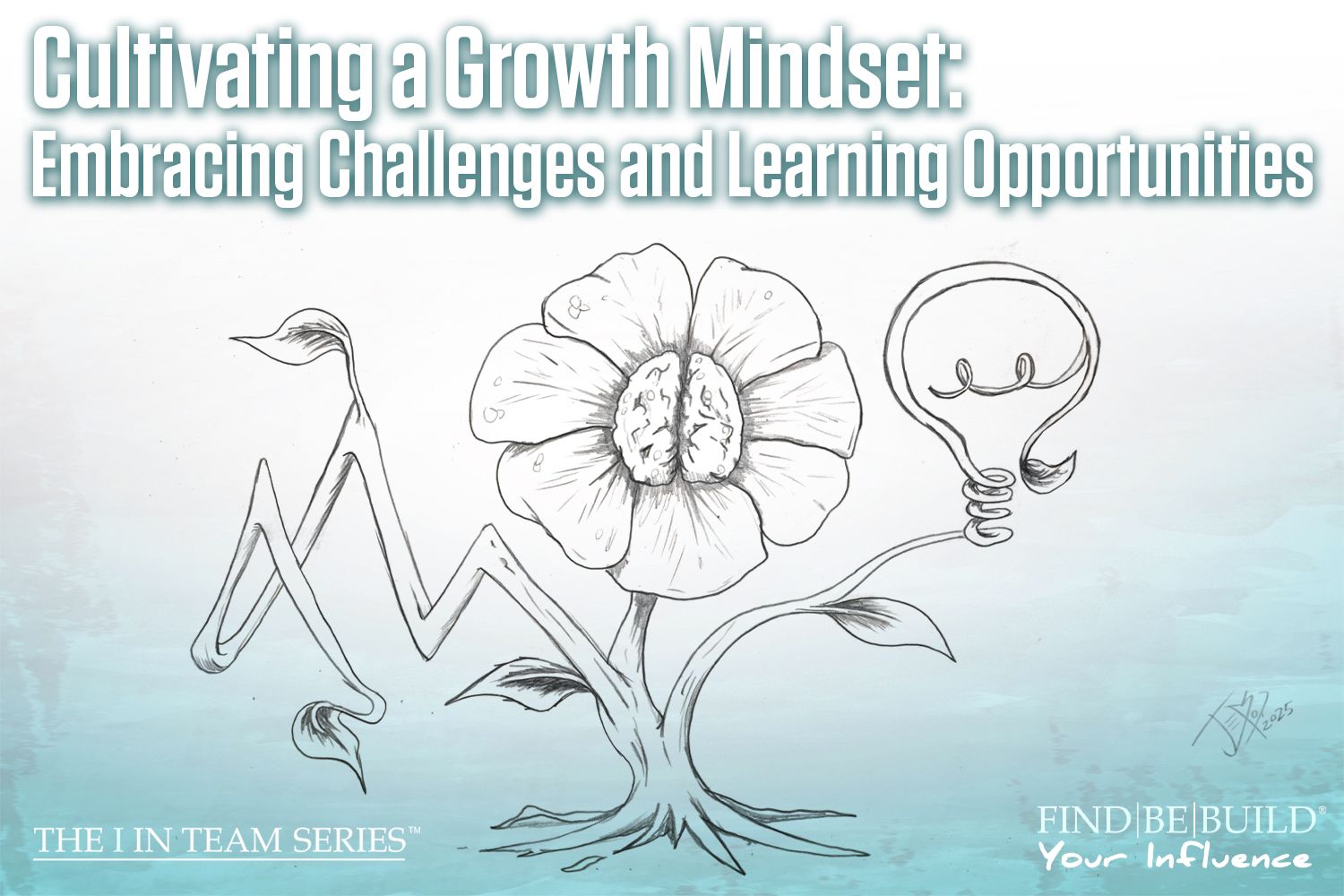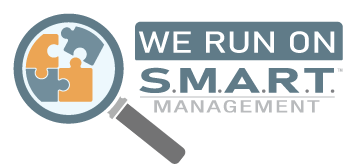Discover Your Core Values

Core values in business consulting
Hi, team! It’s your friend, Mary, with the I in Team series where you can find, be, and build your positive influence. Recently, my team and I were discussing core values and their importance in leading our moral compass, but many of them inquired as to how they knew what their core values are when they value them so much. We all hold several values in our lives, but there are a few that are considered our core values. These values can guide our decision-making, help us in crisis, and give us a foundation to come back to when we are feeling unsure of ourselves. My hope is to help guide you in discovering your core values, as well as discuss the benefits of doing so.
Choosing Your Core Values
You may value many things in your life, creating a list so long that you may not even remember it. Even looking up images of values on Google produces hundreds of potential results for you to choose from. It can be overwhelming to glance at these lists and think, “I value almost all of these in my life!” While it’s great to value so many positive things in life, it’s vital to discover your core values. Your core values are your top three to five values that guide your moral compass every day. They are your set of beliefs that influence how you treat yourself, how you treat others, and how you influence overall.
Nobody but yourself can choose your values for you; they must resonate with you at your core and feel like second nature. These values support who you are as a unique individual. To choose your values, first, you need to look at a list. Consider your life experiences (both beautiful and painful), your accomplishments, how you behave naturally every day, who you want to be as you continue to grow, and people you admire and look up to. Can you identify any patterns? Maybe some of your core values are born out of some of the most painful moments in your life, or maybe you aspire to be more like your favorite mentor and want to hold their deepest value at your core as well.
If you struggle to figure this out, here is a free personal values assessment. Remember, with all assessments, you will need to determine how true the end result is for you. Keep a notepad next to you with all the values you hold and compare it with the assessment result to see if you agree on these top five as your core values. I took the assessment result and found the assessment rang true for my values:
- Compassion
- Health
- Curiosity
- Peace
- Love
Benefits of Identifying Your Values
As mentioned, the benefits of identifying your core values are vast. Along with guiding your moral compass and decision-making process, identifying and acknowledging your values can help you achieve the following:
- Find your purpose in life: What do you want to do, and who do you want to be?
- Guide behavior: When pursuing habit-building and identifying your growth opportunities, discovering your core values makes it easier to behave authentically. Additionally, your values will serve as your moral compass when dealing with difficult situations or people.
- Increase your confidence: Your values will make you feel more secure in yourself; the more you know yourself and the more you feel guided to make the right decisions in life for you, the more confident you will feel in yourself and those decisions.
- Better decision-making: This was mentioned, but your values will help guide your decision-making, helping you make decisions that are best for you.
- Establish your individuality: While there are certainly others who will share your values, chances are they won’t share all of them. You can further solidify the unique individual you are by fully knowing yourself, and that means you need to discover your core values.
Pursuing Your Core Values Daily
Once you have your core values, you should pursue them daily. Every decision you make, the conversation you have, and the thoughts you allow to permeate your mind should always come back to your core values. You can ask yourself every day if you are staying true to yourself and upholding your values. As we always say at the I in Team series, your influence is your single greatest responsibility as a human being. To pursue your most positive influence, strive to inject your core values into your thoughts, words, and actions.
When you discover your core values, you discover more of yourself. While we all value several things, the ones at our core become our guiding compass in life and allow us to make the best decisions, be confident in ourselves, and find our most positive influence. No two influences are the same, as no two people are the same. Grow into your individuality and own it authentically when you find, be, and build your core values.
